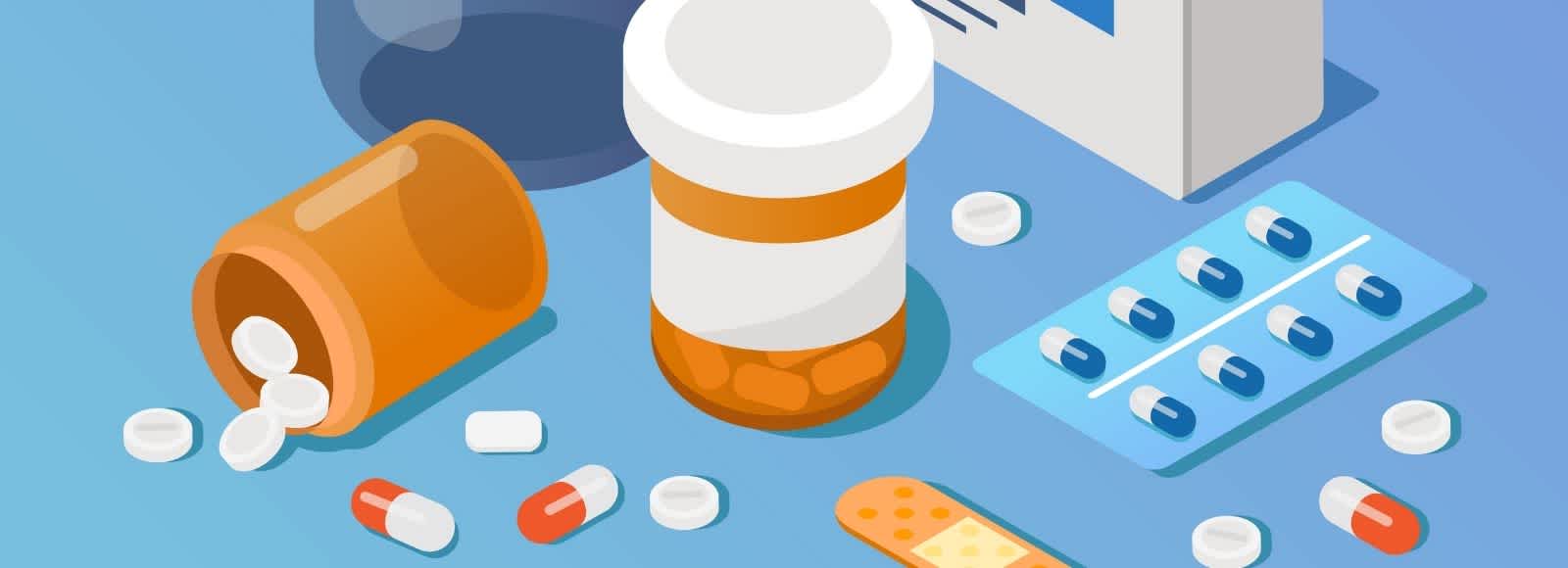Non-PHARMAC 101: What you need to know
Non-Pharmac Drugs
No one should have to choose between possible financial hardship and potentially life-saving medical treatment, but that’s the decision currently facing thousands of Kiwis who need access to medications that are not funded by PHARMAC.
When a treatment and/or medication isn’t funded, those who need it must cover the costs, sometimes to the tune of hundreds of thousands of dollars. Without health insurance, that might not be possible.
Prioritising the health and wellbeing of you and your family means having peace of mind that you’ll be covered even when the worst happens. To help you get your head around the PHARMAC system, and how to make sure you’re covered, check out our Q&A here:
1. What is PHARMAC?
PHARMAC is a key part of our healthcare system, in charge of funding medications to support better health outcomes for Kiwis.
It works alongside Medsafe, the organisation that provides “quality control” for new treatments and medications – deciding whether they’re safe and approved for use in New Zealand. Usually, PHARMAC considers funding treatments and medications only after they’ve been Medsafe-approved.
2. How does PHARMAC determine what’s funded and what’s not?
PHARMAC decides to fund new medicines after expert consultation and analysis of the costs and benefits, compared to funding other alternatives.
It currently funds nearly 1,000 different medicines, ranging from day-to-day medications like paracetamol, to vaccinations, to hospital treatments and devices.
Working with a fixed budget means PHARMAC can’t fund everything. Just last year, PHARMAC announced a freeze on plans to fund Keytruda, a treatment used for melanoma, lung, head and stomach cancers, saying it could no longer afford the investment. Keytruda may have been able to help at least 1,400 patients a year, but decisions like these have potentially left several people in financial (and emotional) limbo.
3. How do new drugs get added to the PHARMAC schedule?
It’s a complex process, but this diagram summarises how it all works from start to finish.
4. How long does it take for treatments to get funded?
It depends. The PHARMAC website says that once a decision has been made to fund a treatment, they’ll work as quickly as possible to make that happen. However, it may take a long time to make that decision.
Earlier this year, though, PHARMAC released its priority lists for the first time ever – giving a clear overview of active applications and how they’re tracking. The “Options for Investment” list (as at July 2021) includes over 100 applications, 14 of which had been there for more than six years.
5. What sort of treatments aren’t currently funded?
The list is long – including treatments for autoimmune diseases such as rheumatoid arthritis, Crohn’s disease, other types of inflammatory bowel disease (IBD), and various non-funded cancer drugs, such as those for bowel, breast and lung cancers.
PHARMAC’s full “wish-list” can be viewed here, but this doesn’t include all the treatments which could make a positive difference to Kiwis – just those it’s received applications for.
6. What does it cost to access medicines that aren’t funded?
There’s little regulation of how pharmaceutical companies determine the cost of medications, so they can be extremely expensive – particularly when it comes to game-changing treatments that are far more effective than anything else available.
Here are some examples of non-PHARMAC funded medications in New Zealand that patients may need to cover the costs for themselves:
Non-PHARMAC drug used to treat Crohn’s disease and ulcerative colitis:
- Inflammatory bowel disease affects roughly 15,000 Kiwis.
- Without effective treatment, severe cases may require surgery to remove the colon – leaving patients with a colostomy bag for the rest of their lives.
- According to this Newsroom article, treatment costs $35,000 per patient, for the first year; then reduces to $27,000 a year after that.
Non-PHARMAC drug used to treat bowel cancer:
- New Zealand has one of the highest rates of bowel cancer in the world – leading to over 1,200 deaths each year.
- The non-PHARMAC drug used to treat bowel cancer can double the survival rate for bowel cancer patients.
- This Stuff article stated that it can cost $50,000 for two rounds of treatment, then $1,000 per fortnight after that.
Sadly, even these examples are at the lower end of the spectrum, with some treatments costing hundreds of thousands of dollars each year. When the average household income is just over $107,000 annually, that sort of price-tag is crippling for many Kiwis.
7. What are my options to make sure my family and I are covered for non-PHARMAC drugs?
Our non-PHARMAC Plus add-on option provides access to many Medsafe-approved drugs not funded by PHARMAC and the related drug administration costs, making treatment of cancer and other serious conditions with Non-PHARMAC drugs more accessible, in a private hospital and at home*.
non-PHARMAC Plus can be added to nib’s eligible Hospital plans, and includes flexible benefit limits ranging from $50,000 to $300,000 per member per year. Together with our comprehensive health insurance benefits, we’re here to provide peace of mind for you and your family.
If you’d like to find out more about non-PHARMAC Plus, go to nib.co.nz/compare-plans
New members can buy non-PHARMAC Plus with a Hospital plan from 15 December by heading to https://join.nib.co.nz If you’re already an nib member, it’s easy to add an option to your existing policy — simply send us your details using our online form.
*The drugs must be prescribed by a registered specialist under the Medsafe guidelines, used in a recognised NZ based private hospital, day stay unit or a private wing of a public hospital or used at home for up to six months after you are admitted for treatment for an approved related treatment. Policy terms and conditions (including exclusions) apply.
